Toyota is confident the new Camry will surpass its predecessor. To prove it, they invited the media to test it in a multi-stage driving experience.
The new Camry is in its 7th generation now. That's 30 years of the Camry since the first model in 1982. SInce then Toyota has sold 14 million units, 23,000 of them came here to Singapore.
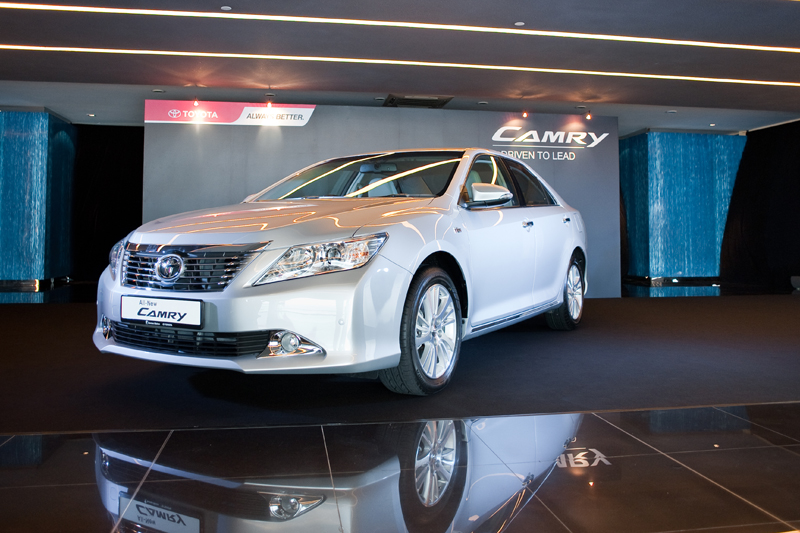
The new Camry is undoubtedly better looking. Wider with a more aggressive styling, it has a lower stance than the previous models. The angular lines cut a modern profile and give it a baby-Lexus GS look.
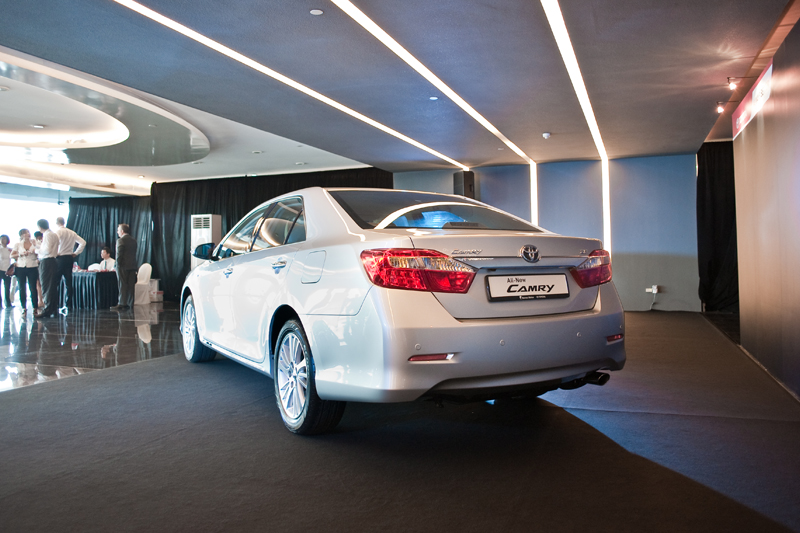
Back at the rear, the new rear-lamps are also angular and chunky in styling, giving it a more european feel. The whole car looks more robust and 'heavier' now, although it has actually shed some weight - 40 kg to be exact.
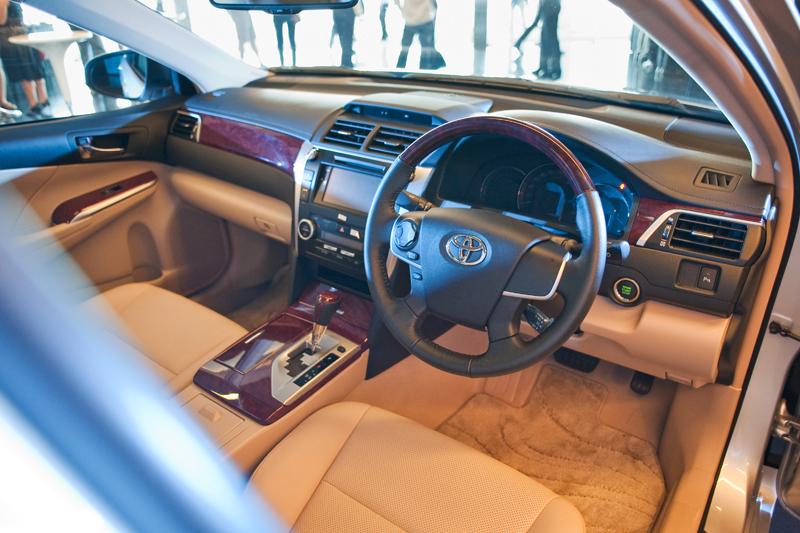
The interior is also much improved, especially the seating position. You no longer have the feeling you're 'floating' in the Camry, the new car makes the driver feel in command. Not that most Camry drivers will care, but it's a good thing nonetheless.
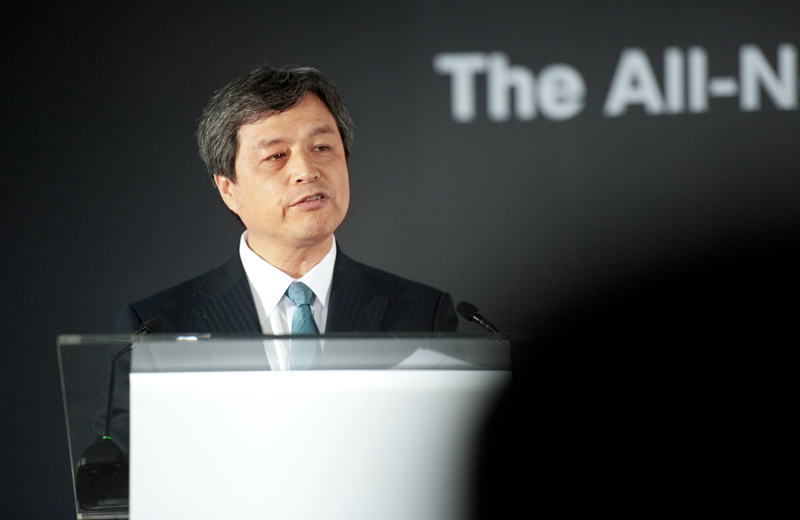
Chief engineer Michihiko Sato was present to share more about the development of the 7th generation Camry. His time at Toyota is as long as the Camry has been around, he joined Toyota Motor Corporation in 1982.
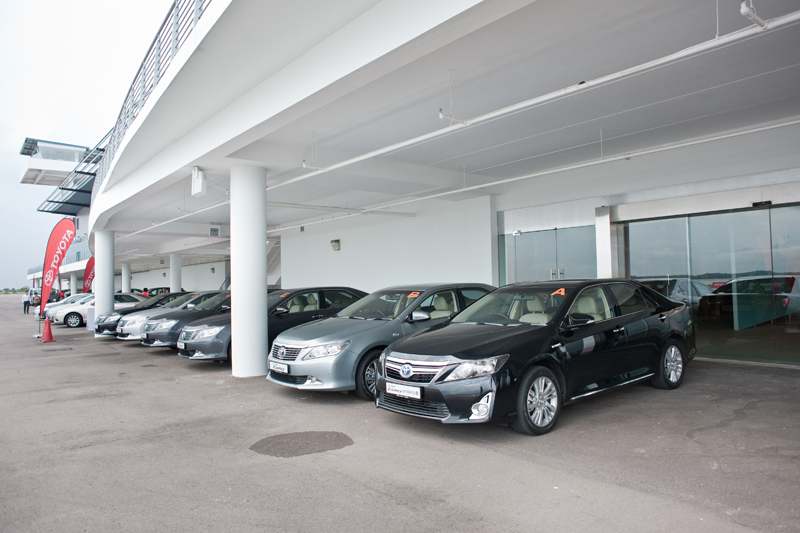
The Camry line-up is made up of a 148 bhp 2.0 with 4AT, a 181 bhp 2.5 with 6AT and a 205 bhp (combined) 2.5 Hybrid with CVT. The latter is capable of achieving a 5.8 ltr/100 km fuel economy figure.
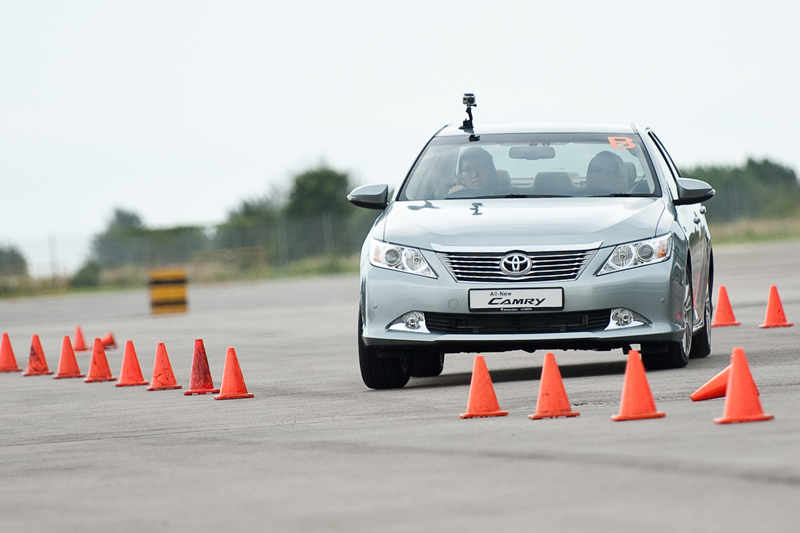
Pitch the new Camry round a sharp bend, and the car immediately feels different from the soft wallowy Camrys of before. Body roll is minimal and the car is well balanced throughout the corner. The car is well damped with an impressive compression and rebound rate from the suspension. This kept the chassis flat as I took on a series of left-and-rights around the slalom stage.
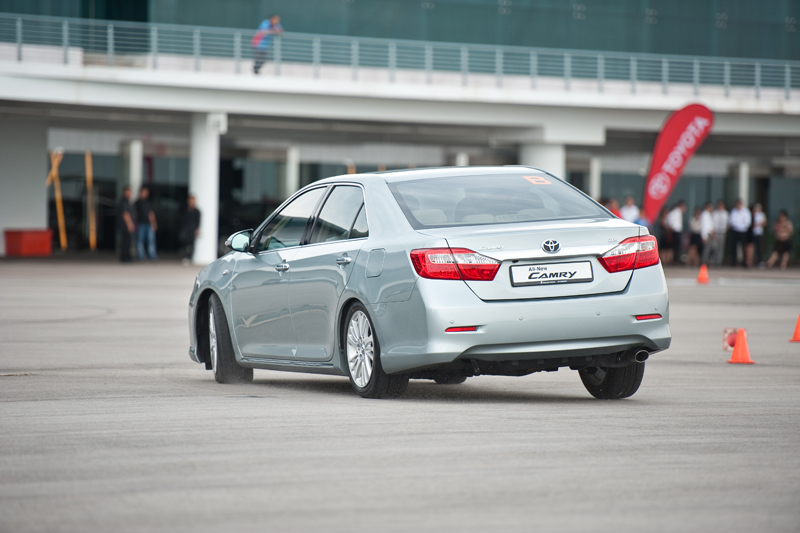
Unconvinced? Build up more speed and take the corners more aggressively and the body-roll is surprisingly still kept in check. You only start to feel the car's limits when you hear the tyres protest.
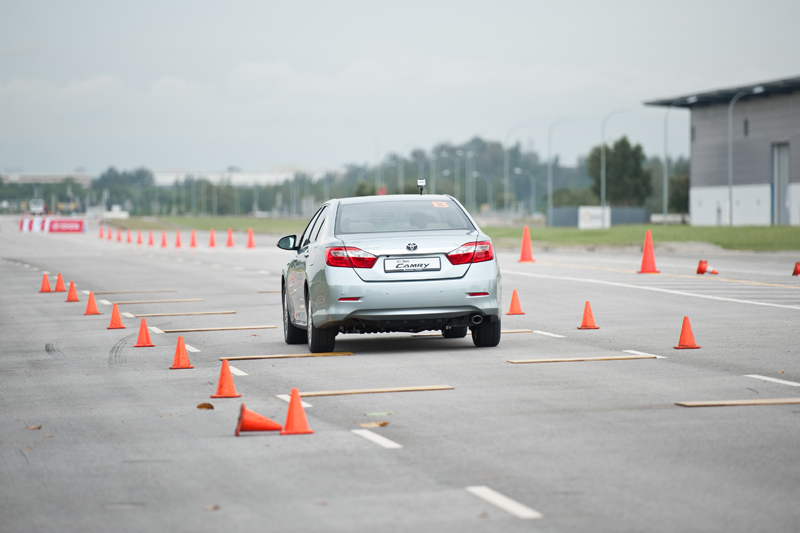
Ride comfort has not been compromised despite the gain in suspension performance. A series of tests proved that the suspension was up to the task of keeping occupants comfortable as the Camry rode over wooden planks and chunky speed bumps.
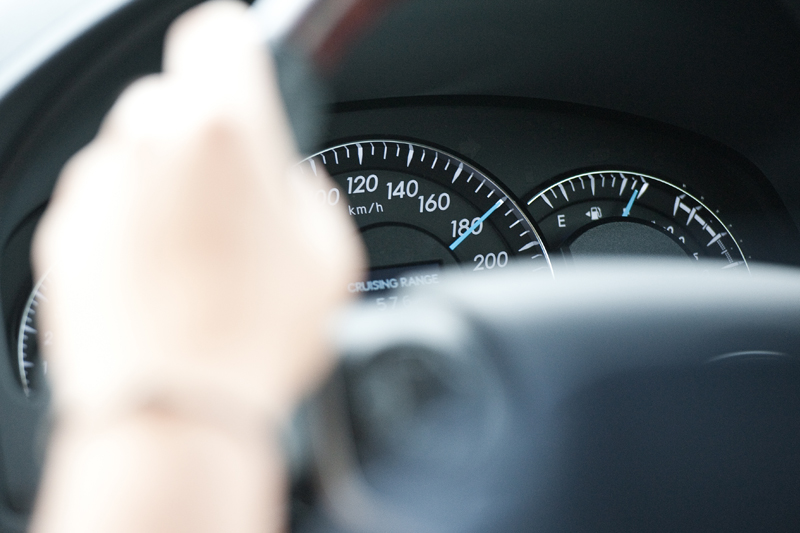
Down the long straight at the Changi Exhibition Centre, the 2.0-litre unit hit a speed of 180 km/h before we ran out of road. The 2.5-litre managed 190 km/h, as did the Hybrid.
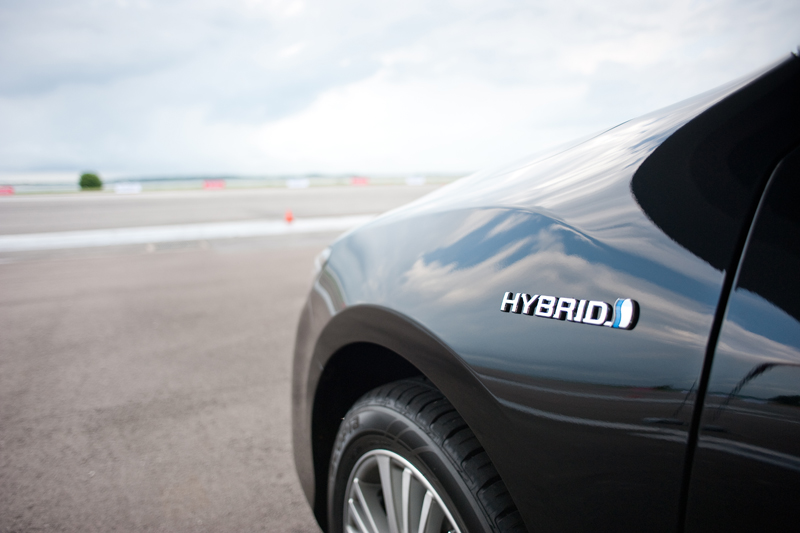
I never thought I'd say it, but I walked away very impressed with the new Camry. Toyota prides themselves in pushing boundaries and constantly developing their products. The new Camry is one such example. They didn't need to do much, but they did. That's why it deserves our praise!
